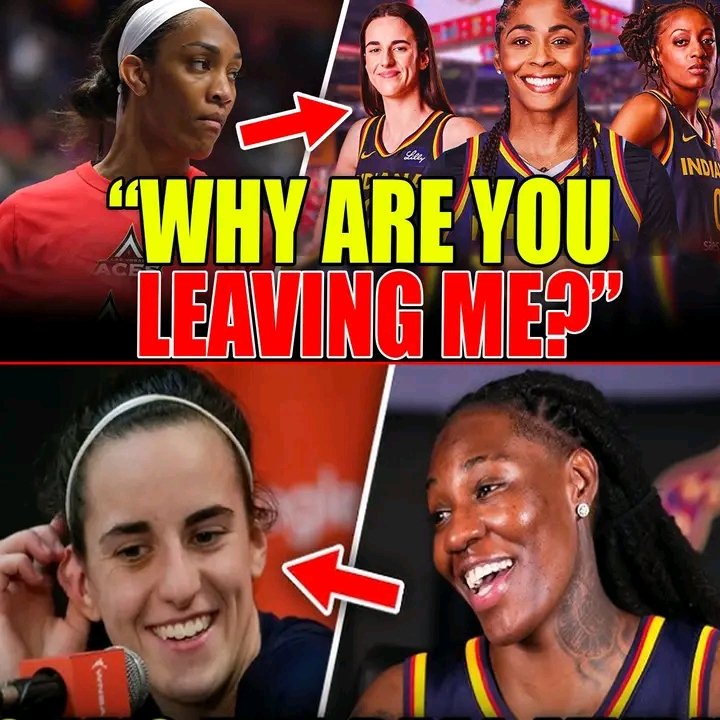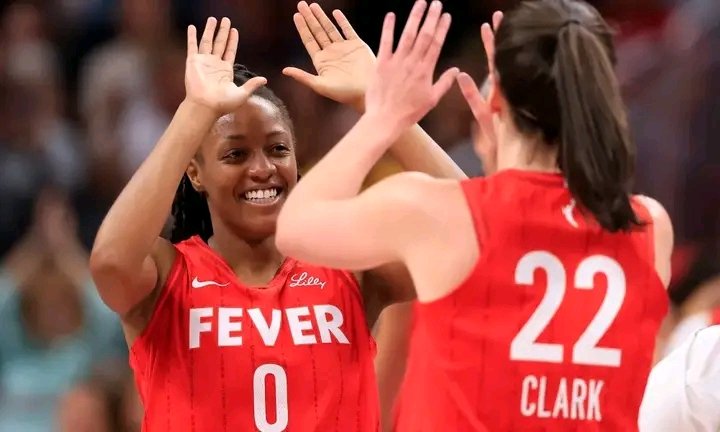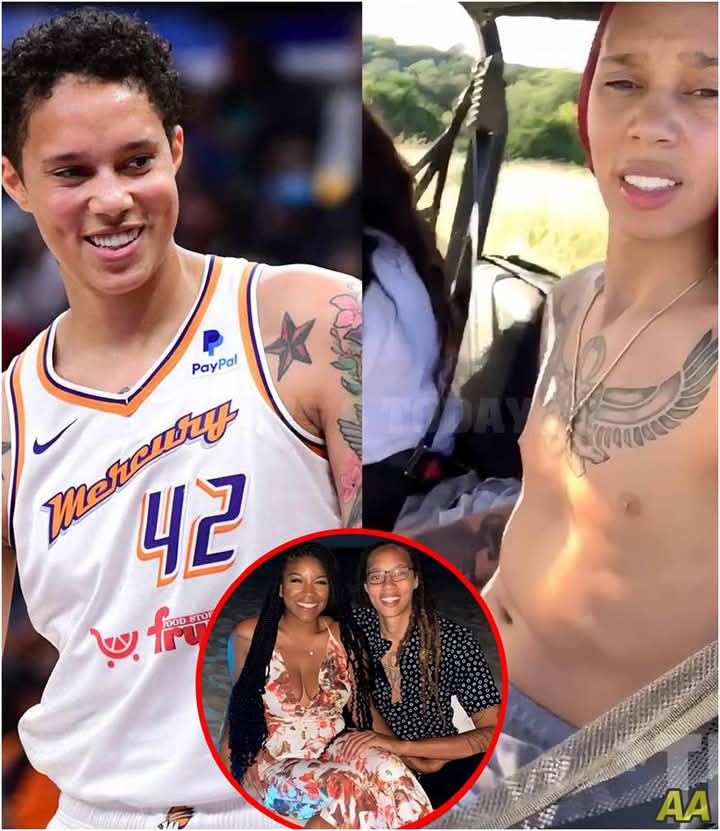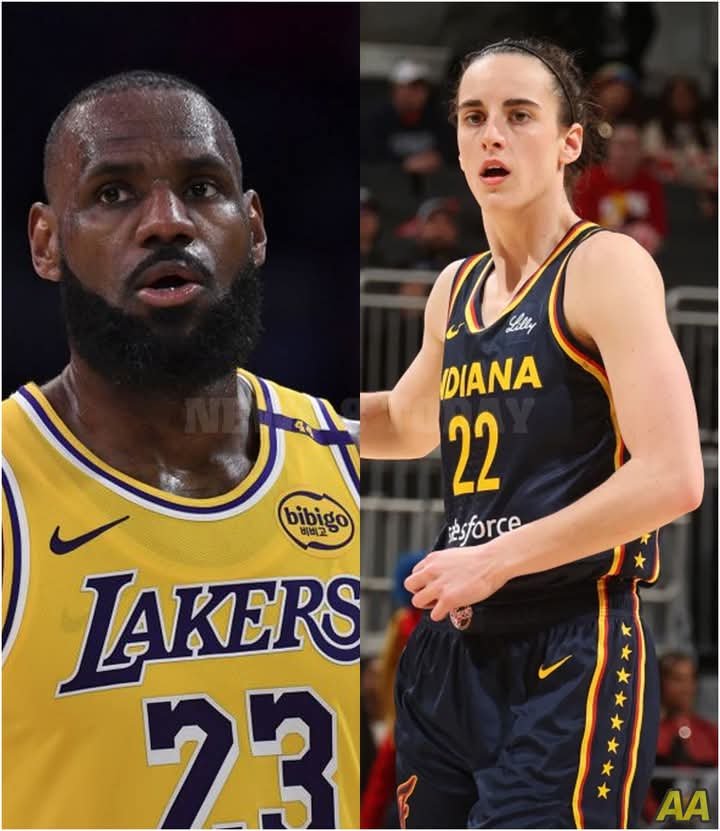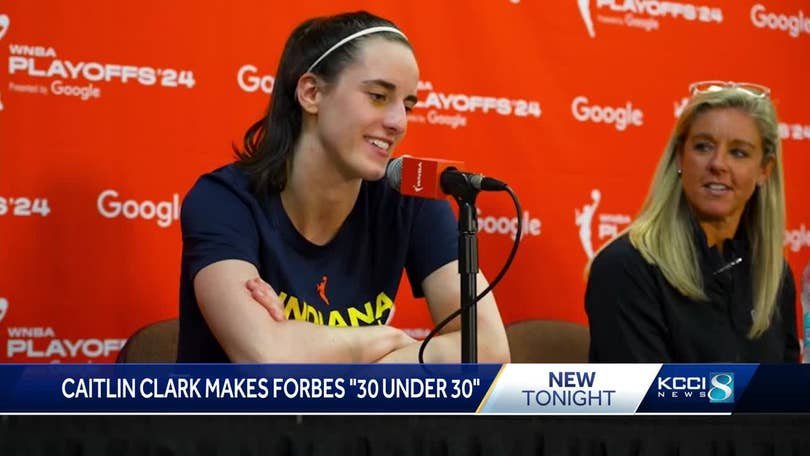
Caitlin Clark, the Indiana Fever’s rising star, has made a significant mark in the sports world in her rookie year. She secured a spot on Sportico’s annual list of the highest-paid female athletes, coming in at number 10 with total earnings of $11.1 million. This impressive amount places her among the ranks of iconic athletes like Simone Biles, while also highlighting her massive endorsement deals.
Clark’s earnings are largely driven by her endorsement deals, with $11 million of her total income coming from partnerships with major brands such as Nike, Gatorade, State Farm, and Panini. Her relationship with Nike is particularly lucrative, as she signed an eight-year deal in April 2024 valued at over $3 million per year. Other brand deals include partnerships with Wilson, Hy-Vee, Xfinity, and Lilly, solidifying her status as one of the most marketable athletes in the world.
However, her WNBA salary is far more modest in comparison. As a rookie, Clark’s base salary was $76,535, with additional performance bonuses pushing her total on-court earnings to approximately $100,000. This included a $10,300 bonus for making the All-Star game. To put this in perspective, her earnings from the WNBA represent just a small fraction of her overall income. For example, the highest-earning WNBA player in the 2023-24 season, Jackie Young, earned a base salary of $252,450, while NBA superstar Stephen Curry’s base salary for the 2024-25 season is $55.8 million.
This disparity in pay has been a significant point of discussion for the WNBA. While the league is set to benefit from a new TV deal expected to increase annual revenue, it still lags far behind the NBA in terms of financials. The WNBA’s share of the TV revenue, even with the new agreements, will be less than 4% of the NBA’s share. This ongoing gender pay gap has sparked conversation among players and analysts alike, particularly as the WNBPA has opted out of its collective bargaining agreement after the 2024 season, calling for better pay and working conditions for players.
Clark’s impressive earning power off the court showcases the growing commercial appeal of women’s basketball, but it also underscores the ongoing challenges the WNBA faces in terms of equitable pay. As the league navigates these issues, players like Clark are leading the charge for a future where their value is better reflected in their compensation.

